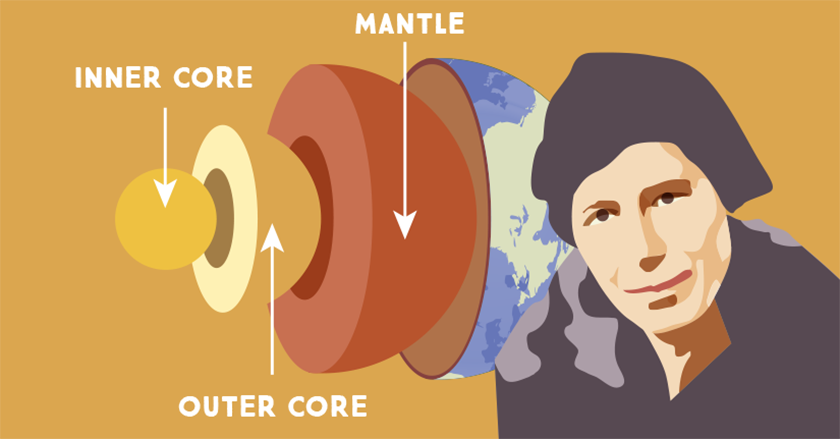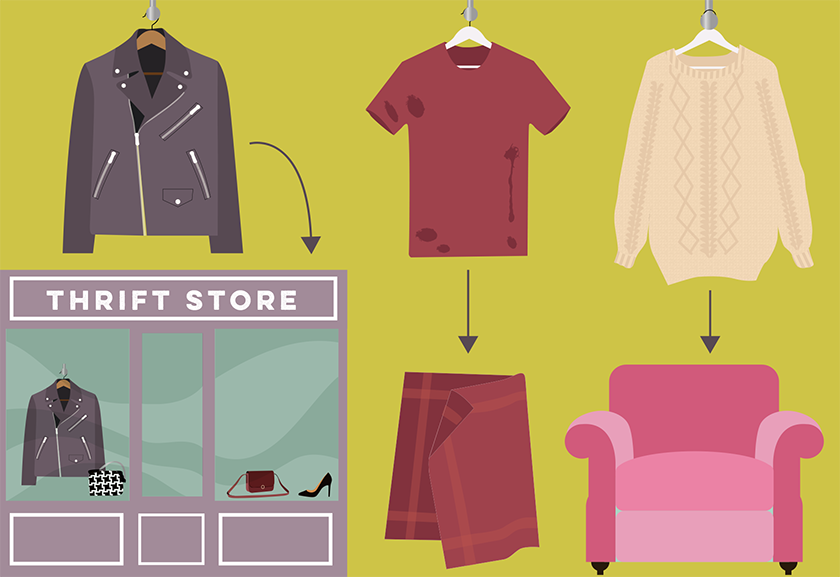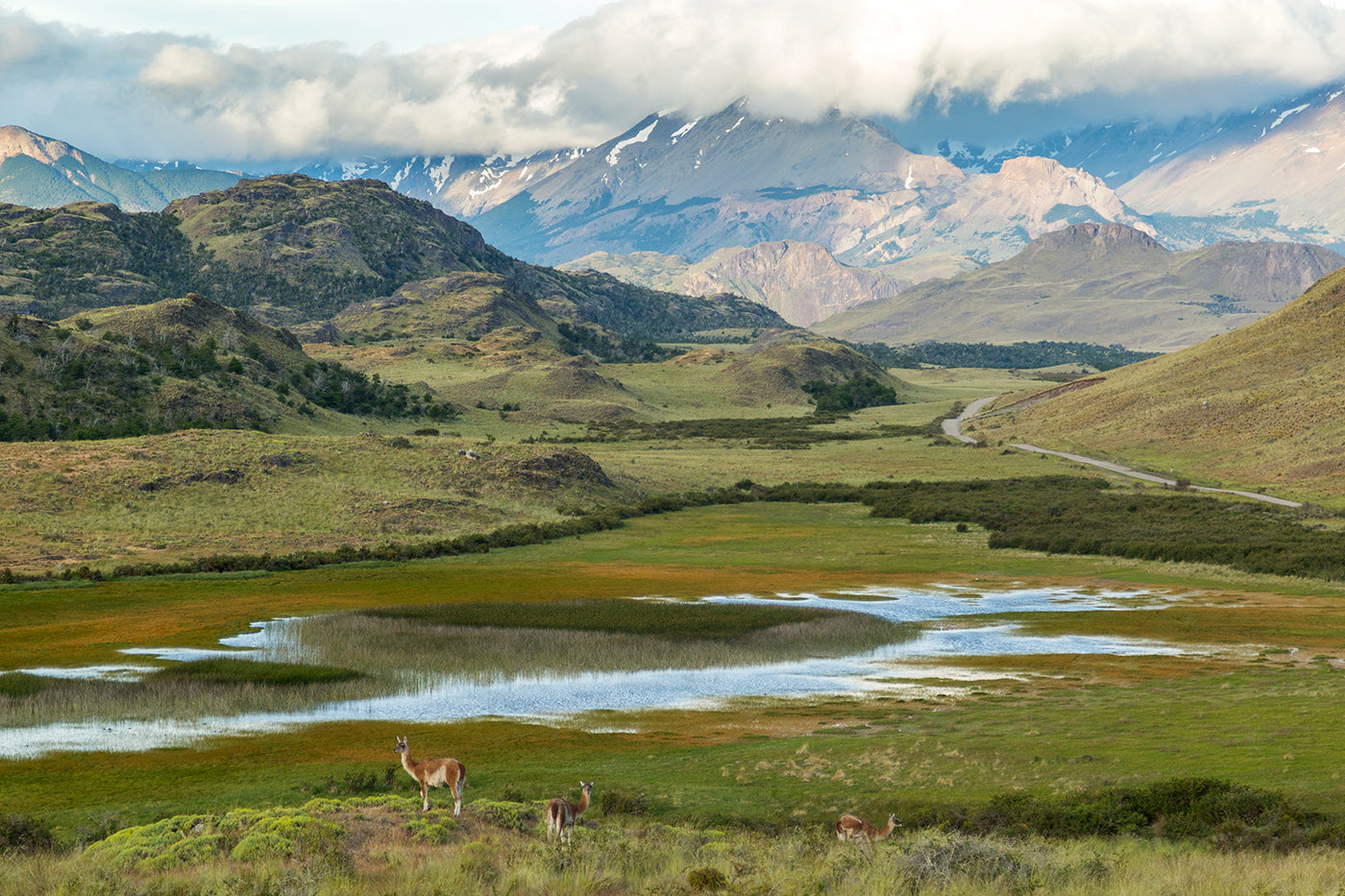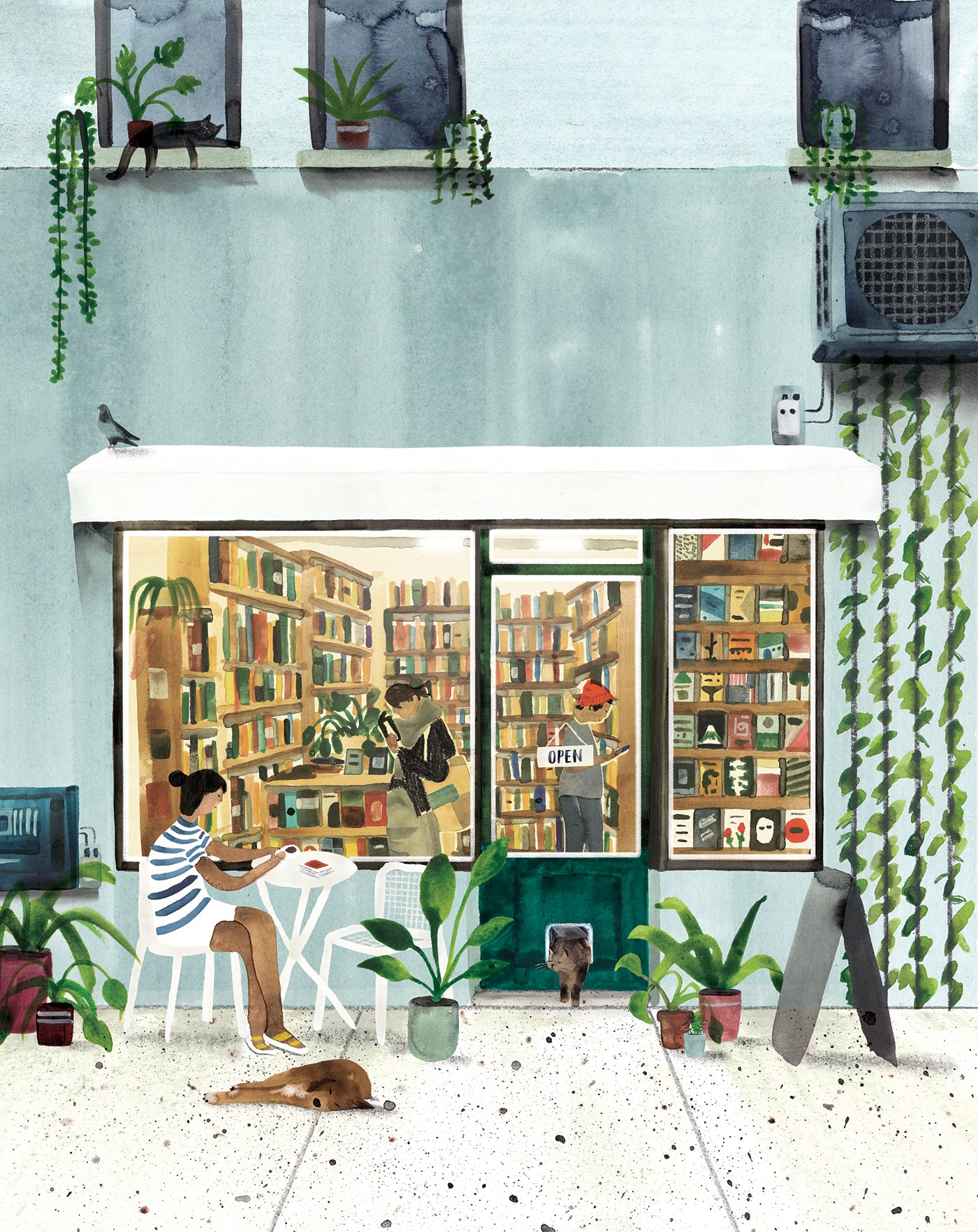
Pursuing Planet Preservation
To protect the future of our home planet we must first understand its beginnings
Every aspect of life on Earth is connected and that it doesn’t take much to disrupt the planet’s delicate balance, small changes to the ecosystem and environment can have impactful consequences. Using a house as a metaphor for the workings of Earth, Precious Planet is a visual journey that demonstrates how sustainable practices can help preserve it for future generations.

Most of what ends up in the trash can be turned into compost instead, with the help of bacteria, microfungi, and worms. This very rich soil can then be used as a natural fertilizer to feed plants.
Homes begin as construction sites, which is how Earth is first presented in this Little Gestalten favorite. Since Earth formed nearly 4.6 billion years ago, a lot has changed in the atmosphere and surface to make it suitable for different life forms to coexist. Through a creative collaboration between author Emmanuelle Figueras and illustrators Sarah Tavernier and Alexandre Verhille, this book shrinks Earth's vast scale down to the size of a house. Its magnetic shield is explained as a ‘security system,’ the seas and oceans as the ‘bathroom,’ tectonic plates as the ‘first floor,’ while humans and animals are described as ‘housemates,’ and so on.
Humanity is portrayed as tenants on planet Earth. This insightful guide shows how sustainability has the power to preserve life for generations to come. Precious Planet even looks into the future through a chapter on ‘vacation homes,’ which outlines possible life on Mars and other planets in the distant future. Science, ecology, and conservation are combined in a graphically understandable way for young minds.

The magnetic field is less effective at the poles, so the Sun’s particles sometimes enter the atmosphere. When the particles come into contact with the gases in the air (oxygen, nitrogen, etc.), the gases begin to glow.
From saving water and trees to looking out for each other and recycling, humans have the ability to heal the planet and share the world with wildlife. The story of our planet’s beginnings is a compelling look at why life can be sustained here. Opening with the Earth’s core and later its magnetic field that stretches more than 37,000 mi. into space, readers are taught how both contribute to the environment. Without the magnetic field shielding, which prevents solar winds (particles from the Sun), the atmosphere wouldn’t be able to cope and the ecosystem would be destroyed.
Historical discoveries that changed our understanding of Earth are also introduced, including Danish earthquake specialist Inge Lehmann. In 1936, while Lehman was studying the trajectories of seismic waves inside the Earth, she discovered that the planet’s core was, in fact, a solid inner core. Until then, everyone had assumed the core was completely liquid. In 1971 she became the first woman to receive the annual William Bowie medal from the American Geophysical Union.

The core makes up 16.5% of the Earth's volume or that inner core moves inside the metal liquid outer core. It rotates in the same direction as the Earth, but faster. The average speed of the inner core is 1,056mph.
The birth of life follows the dawn of our planet’s inception. Modern preservation and sustainability practices are tackled next between ‘the workshop’ to ‘the closet’ chapters of the home. These insightful infographics show how recycling is essential to the survival of our planet. By showing the cycle of a material, it demonstrates how an old aluminum soda can find a new purpose. The aluminum you find in soda cans is made from a rock called bauxite. Unfortunately, there’s a limited supply of bauxite, and mining it pollutes the environment. This is why we throw our aluminum cans in the recycling bin. The cans are brought to a processing plant, where they are melted down. The molten aluminum is then turned into very thin sheets. Then the recycled metal can be used to make a bike frame (which requires roughly 670 recycled soda cans) or it could just be transformed into another can.
What we wear from day-to-day impacts the environment more than you would think. The fashion industry is now the second-largest generator of pollution on Earth after the oil industry. Fast fashion and its global supply chain are one of the world’s biggest polluters. The chemicals used for production can contaminate rivers and seas while transporting clothing from the other side of the world comes at a huge cost to the environment. To help the planet heal, one needs to know what is the ideal closest. In Precious Planet, a chapter is dedicated to showing what we wear can help lower our ecological footprint. Ideally, all plants would be grown organically, without using chemical products (pesticides, fertilizers). Organic cotton and wild silk (where caterpillars die naturally) are already being produced.
Shopping vintage helps! Instead of throwing your clothes in the trash, you can recycle them. Buying from second-hand clothing stores saves money and reduces the pollution caused by the textile industry.

Did you know 18,349 LB. of polyester is made every second on Earth or that 1,807 LB. of cotton is made every second also? The pesticides, herbicides, plus water and air pollution needed to produce all of these have very negative effects on our environment.
Go eco-friendly! Hemp, eucalyptus, flax, and bamboo all grow easily without pesticides and require very little water. Many clothing manufacturers use them instead of more polluting fibers such as cotton and petroleum-based synthetic fibers. Choose ethical too! Sheep, goats, cows, silkworms—all these animals deserve to be raised in good conditions. Vegan consumers take things a step further by refusing to wear clothes that are made from animals or animal products. To meet their needs, manufacturers have invented vegetable “leather” made from rubber sap or from the fiber in pineapple leaves.
The book concludes with life beyond Earth. The Space Age has been alive for half a century already when a small leap for mankind was taken on the Moon. But what will it take for humanity to live on Mars or further afield? Precious Planet travels into the future and explores what will be needed to take our existence into a new sphere.
Teach children about Earth and how to preserve through Precious Planet. Available in German and English.


